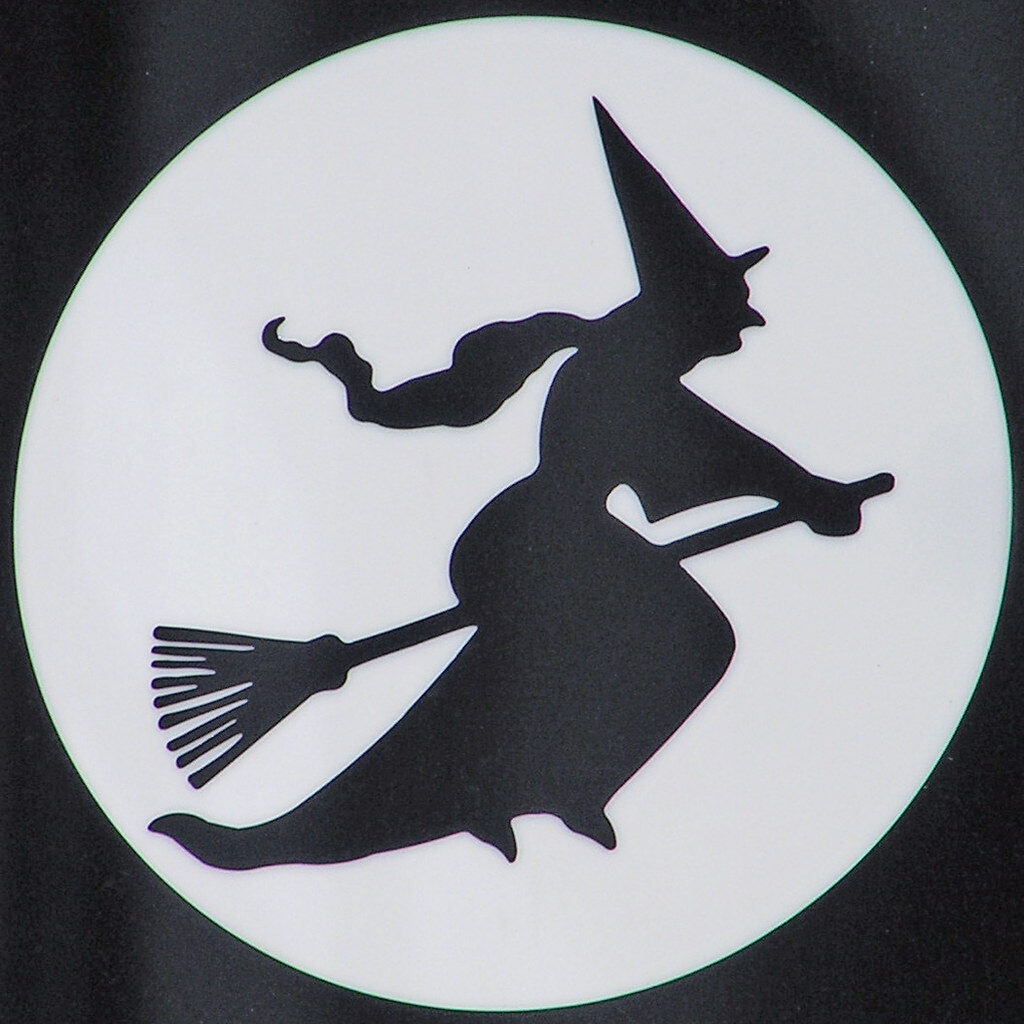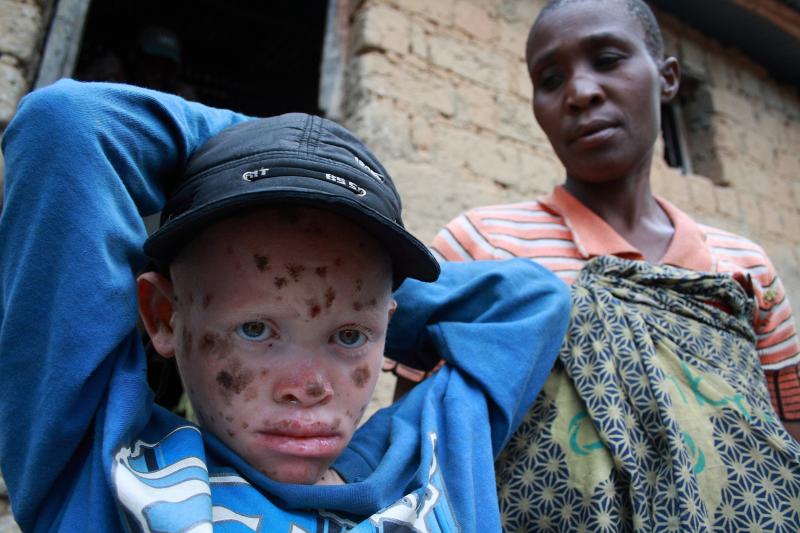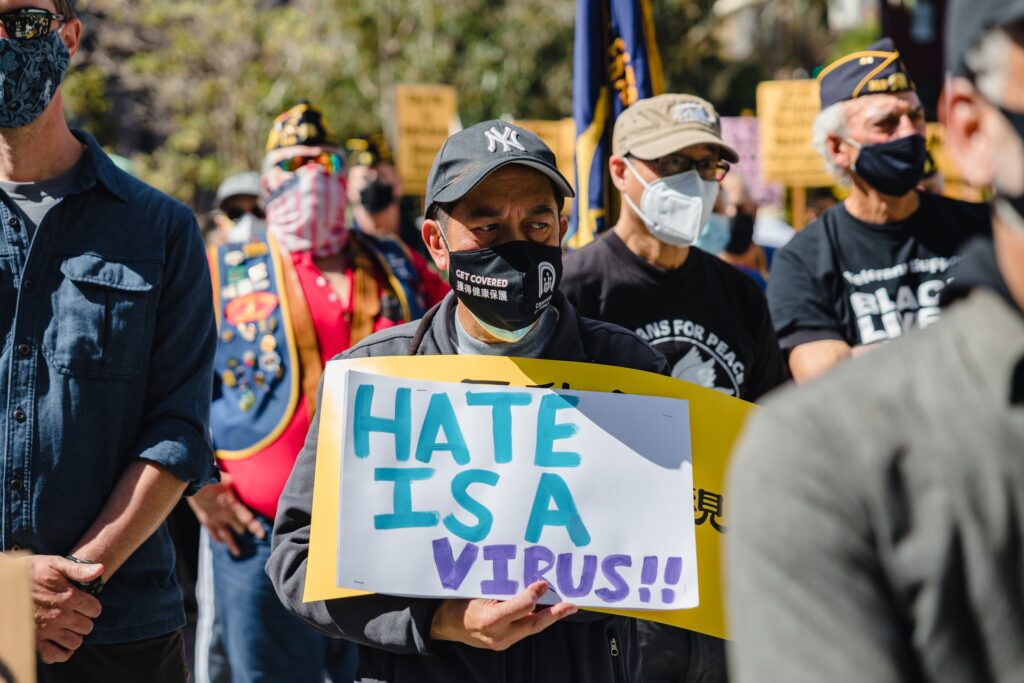Have you ever seen an albino? I know I have. But what was it that I saw that stood out as different?
Albinism is a condition which the Mayo Clinic describes as an “inherited disorder” in which the human body produces little or no melanin, a pigment which determines the color of your skin, hair and eyes. There is a range of effects associated with this phenomenon, but I’d wager that for most of us the term refers to light-coloured skin and hair and a ‘pinkish’ tinge to the eyes. Albinos have to be careful in sunlight as the lack of melanin can lead to an increased risk of skin cancer.
As if that weren’t bad enough.
In some cultures albinos are seen as ‘freaks’ and discriminated against. According to the United Nations, for which June13 is designated as ‘Albino Awareness Day’:
- People with albinism face multiple forms of discrimination worldwide. Albinism is still profoundly misunderstood, socially and medically. The physical appearance of persons with albinism is often the object of erroneous beliefs and myths influenced by superstition, which foster their marginalization and social exclusion. This leads to various forms of stigma and discrimination.
On occasion this opposition can be lethal.
So far in 2021 in the east African nation of Malawi four albino people have been attacked – three are dead and a baby girl is missing. Police believe the attackers held false beliefs that concoctions mixed with their body parts bring luck and wealth. While the deaths are down from last year they are nevertheless disconcerting.
Let me then pose the question: are these acts of terrorism?
I know that I may be seen as opening a can of worms on this issue in light of the horribly inconsistent views on what does and what does not constitute terrorism. You have heard me and read some of my opinions on this over the past few years and as a consequence you may be asking yourself: “Why the hell is Gurski going down that path – AGAIN”?
Simply put, I am going down this path – AGAIN – to underscore – AGAIN – why the phenomenon of terrorism is so fraught with disagreement. It seems at times that the range of acts of violence for which we can slap on a terrorism label is constantly expanding. I for one am not a fan of this practice.
But, for argument’s sake, let’s see if we can call the killing of Malawi albinos ‘terrorism‘, shall we? First, are these serious acts of violence? Given that three of the four albinos attacked in 2021 are dead I think we can answer yes to that question: is there any more serious act of violence than death?
Second, are these acts carried out on the basis of some kind of underlying ‘ideology‘? Darn! There is that word ‘ideology‘ again! There appears to be as much agreement on what it is and isn’t as there is for terrorism.
But let me try…
Those who target albinos have any or all of the following beliefs (taken from The Lancet):
- albino body parts bring good luck;
- there are ties to ‘witchcraft’;
- children are a specific target for this type of violence because the innocence of the victim is deemed to increase the potency of the talisman;
- the ritual defilement and rape of girls with albinism can cure HIV/AIDS.

One could easily take these elements and design an ‘ideology‘ around them, no? If so, then the deliberate singling out of albinos for physical violence, up to and including death, would constitute an act of terrorism and the perpetrators would be terrorists. Hey – witchcraft is a form of religion, no? So killing an albino would be a form of religious terrorism akin to jihadism, right?
Hmmm….
Hate Crimes?
If calling these acts terrorism rankles you what about labeling them ‘hate crimes‘? In Canada at least a hate crime is defined (as per the Canadian Criminal Code) as “statements in any public place which incite hatred against any identifiable group where such incitement is likely to lead to a breach of the peace.” But is this really ‘hate‘? Pardon the stretch but do the attackers not actually love albinos for the supposed healing properties of their body parts?
You undoubtedly see where I am going with this. When it comes to what is terrorism and what it is not there is no consensus and little likelihood at arriving at such any time soon. We may want to keep this in mind when jumping on the ‘It’s terrorism!’ bandwagon when we see acts of violence that appear – and I stress appear – to focus on an individual or group of individuals based on some kind of criteria (race, gender, sexual orientation…) and which may – and I stress may – be tied to some kind of ‘ideology‘. Recent attacks in London (Ontario) and Plymouth (UK) are great examples of this muddle.
What does all this mean in the end? I guess all I am asking for is a little more discretion on when and where to use the ‘T’ word. There is already too much of it in too many places on our planet without having to make it sound bigger than it is.
Read More About Hate Crimes

Why it is so hard to decide what is – and what isn’t – terrorism
Terrorism is not as obvious as it may seem at times. Agreement on what is – and what isn’t – an act of terrorism can be quite difficult.

Hate and terrorism are not synonymous
Calling all serious hate-motivated violent crime ‘terrorism’ is unnecessary, unhelpful and problematic: we need to stop doing this
London truck attack: 2 weeks later, what do we know now?
Phil Gurski talks with CKWR’s John Maciel about the London hit and run incident earlier this month.
